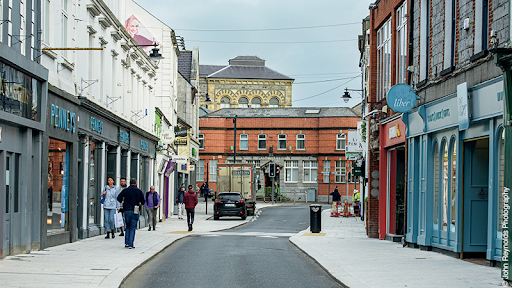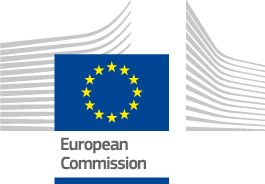
Liveable town, streets filled with children and games for all ages. The URBACT project of the European Union shows that countries and cities can gain inspiration and implement ideas from good practices present in other contexts. A small city in the northwest of Ireland is a great example of that.
The Irish city of Sligo, despite its less than 20.000 inhabitants, is a popular destination for tourists. Its attractivity is due to the great cultural opportunities and the connection to the famous Irish poet William Butler Yeats. Yet it experienced a lack of local citizens on the streets and an absence of everyday liveliness.
To tackle these issues, Leonora McConville, Executive Planner of Sligo City Council, decided to change the city’s practice. She inspired herself from Cork, the second-largest Irish city.
The Irish city of Cork, inspired by Italy
Cork itself, as a part of the URBACT program, took inspiration for improvement from the Italian city Udine. The latter created a special bus full of toys going around the city, explains Wessel Badenhorst, Lead Expert of URBACT Ireland. “I experienced myself how the kid just grabbed the toys and played, and it was truly a magical moment”, he declared.
But Cork didn’t have enough money to purchase such a vehicle, yet they wanted to bring toys and joy to children in the local communities. Despite a lack of finance, the city was still able to implement the idea of toys to borrow for kids.
“The idea was: why don't we take a typical sports bag and fill it up with toys?” inquired Badenhorst. He added that the core intention of the program was to enable the reuse of such ideas by understanding the good practice, finding how to reuse them in their own context and challenges, and finally implementing them.
Sligo bringing joy to children
After the successful implementation of toys to borrow, Cork itself became a mentor for other cities trying to apply a similar practice, organizing workshops and visits for preparatory teams.
“When I started this I had no clue about what was going to happen. So we started with two or three study visits to Cork. We played games, cycled, workshopped, brainstormed, learned what different things have been done in Cork,” says McConville, leader of the Sligo group.
The playful project in Sligo also benefited from the great diversity of the team. “We set up our own local group in our town. This group was cross-sectional. In my case, we had members of local authorities, members of the community, business groups, and community organizations. We had different people around the table that had never done that before and that I have never worked with before,” Mrs. McConville says.
The team firstly prepared the transfer plans followed by study visits. “We had a very active Whatsapp group where we shared ideas, information, suggestion, recommendation, and action,” Mc Conville adds.
Sligo got inspired by the toy sports bags of Cork, and decided to put them in local libraries, guaranteeing easy access to any kids. The program was supervised by the lead expert Badenhorst. “My task as an expert was to support the process,” he explained.
In addition, the executive planner and her team launched multiple events that transformed the main street of Sligo into a playground for young and old people, which was a pleasant surprise not just for the participants but also for the owners of nearby stores and restaurants. “The businesses’ owners were blown away by what that space could be,” she declared.
The changes helped the city gain social, environmental, and economic benefits by being more playful. The Urban area of Sligo underwent the beneficial transformation by courtesy of the Cohesions funds of the European Union. In broader perspective, between the year 2014 and 2020, all of the member states have participated in the URBACT program developing cities with a subsidy of 96 million eur.
Barbora Novotna
Edited by Clémence Maquet



